Several months ago, I was having a conversation with my friend Chloë about the future of memes and she asked me what my favourite meme was. The question stumped me at first, because how could I pick one? My brain is a meme dumpster, where families of memes exist in chaotic harmony, and trying to break them apart into single objects, rather than treating them as clusters of multi-textual references, is difficult. As I was contemplating my answer to Chloe’s question, a very specific example came to mind: “return to monke” memes. I explained to her that I really enjoyed looking at these slightly strange memes, which became more popular during the pandemic, about returning back to pre-modern animal innocence. I surmised that these “return to monke” memes must have a problematic origin owing to their underlying “anti-civilisation” sentiment, which I later confirmed was indeed the case after a brief scroll on Reddit. Beyond their politics, the memes themselves are constructed around the central figure of the “beckoning monkey”, who is almost always not a monkey but a member of the Great Ape taxonomic family, and a simple message that either reads “reject humanity, return to monke” or some other statement about returning to apish simplicity and contentedness.

Image 1: Return to Monke 1
These return to monkey memes spoke to me, alongside many other people, at a time where the routines of everyday life we had been accustomed to were collapsing under the pressure of a pandemic. The urban landscape which I inhabited on a daily basis, the landscape whose dystopian features I tried to suppress so I could keep on keeping on, seemed more and more like it was stuck in a state of apocalyptic paralysis: empty streets, quarantines, vaccine hoarding and inequality, deaths, hospital bed shortages, isolation. I blamed the speed with which the pandemic was spreading on uninhabited globalised trade, and on capitalism, and nation states’ faltering responses to the pandemic on unabashed corruption and hatred of the poor. Like many others, I was feeling angry as a result of the micro and macro level inequalities that were made more visible by the pandemic.
The isolation, fatigue and frustration made me even more dependant on social media. I would log on to Instagram, Twitter or Reddit to keep in touch with my friends and family, to “consume content” and to inadvertently traumatise myself with world news. The first time I saw a “return to monke” meme, in early pandemic times, I was scrolling in a heightened emotional state, feeling despondent and needing some memetic entertainment. My initial response upon seeing the meme was “yes, I do actually want to return to monke, I want out of the industrial nightmare”.
This reflex-like response was followed by mild amusement at the meme, then at myself, and then at the fact that probably many others who’d liked the meme shared my dejection at the dystopian present and yearning for a pre-industrial past. When I abstracted the basic levels of my enjoyment of this seemingly strange or “random” meme, I ended up with 4 levels of meme-pleasure. The first was (1) my enjoyment of the meme, or the object itself, then came the (2) identification with the object, after which I engaged in (3) self-reflection as a result of the object and my self-identification with it, and finally (4) I revelled in an imagined, virtual sociality over a shared memetic sentiment. After all, why just be satisfied with enjoying a meme, when you can over-analyse it?
On the whole, these 4 processes of meme-pleasure were attempts at abstracting my enjoyment of the meme’s affective texts. Another element of internet memes however are their aesthetic compositions, which these abstractions could not account for. This I found to be much harder to describe for some reason, so I asked myself: “why do I find the aesthetic composition of this meme so funny?”. The answers I could provide lied somewhere along the lines of: “because it’s “ugly”” or “because I find the colour combinations and fonts hilariously outdated”. However, none of these explanations really captured the essence of why the meme looked funny, until I realised that in order to answer this question, I would have to interrogate the role of irony and ugliness in memes.
In a 2014 article called “It’s Supposed to Look Like Shit: The Internet Ugly Aesthetic”, Nick Douglas describes “internet ugly” as a cultural dialect. Referring to the amateurish and sloppy construction of cultural artifacts such as “Rage Memes”, “Bazinga Comics” and other cyber-relics of the 2010s, he defines “internet ugly” as an intentional aesthetic attitude taken by internet users who create memes. Douglas believes that internet ugly became the de-facto meme style because most internet memes are made by “amateurs” and thus are amateurish in their construction of memes. However, it is important to highlight that today, internet ugly has progressed from a kind of inevitability to an aesthetic choice. Users often have the digital skills to make their memes “look better”, with cleaner lines, proper spelling, and grammatically correct sentence construction, but they choose not to, simply because memes are funnier when they are “ugly”.

Image 2 – Rage comic
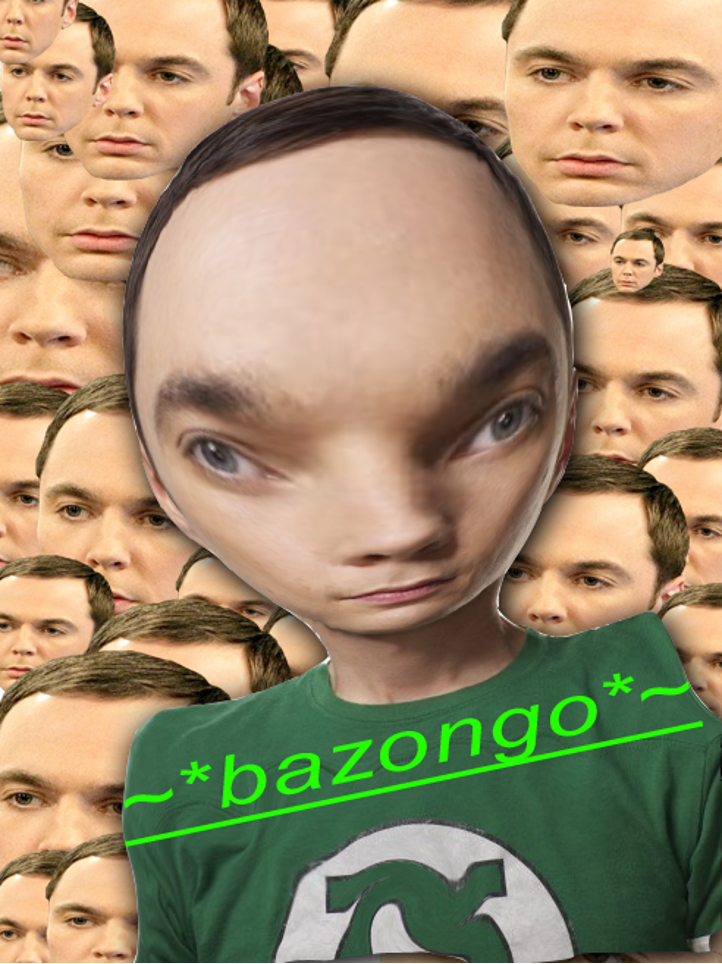
Image 3 – Bazinga comic
Describing “internet ugly” as an aesthetic attitude which values ugliness and sloppiness is fairly straightforward for people who have been on the internet for a while. Anyone who has been embroiled in meme culture long enough will recognise internet ugly not only in older memes, but also in the iterations of memetic characters such as Wojak or subgenres like “deep fried memes”. Other examples include “return to monke memes” and more recently the Affirmations meme format, which can be described as ironic retellings of sincere motivation posts.
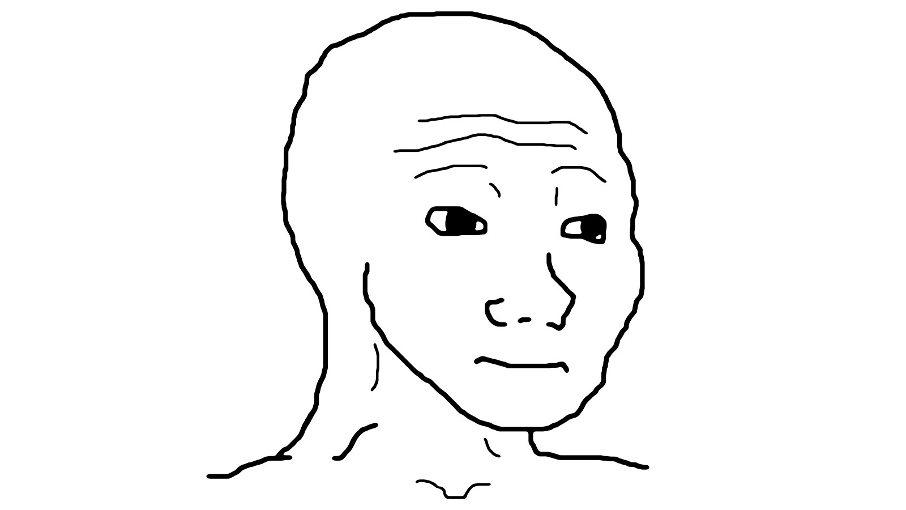
Image 4 –Wojak

Image 5 – Long Mouth Wojak
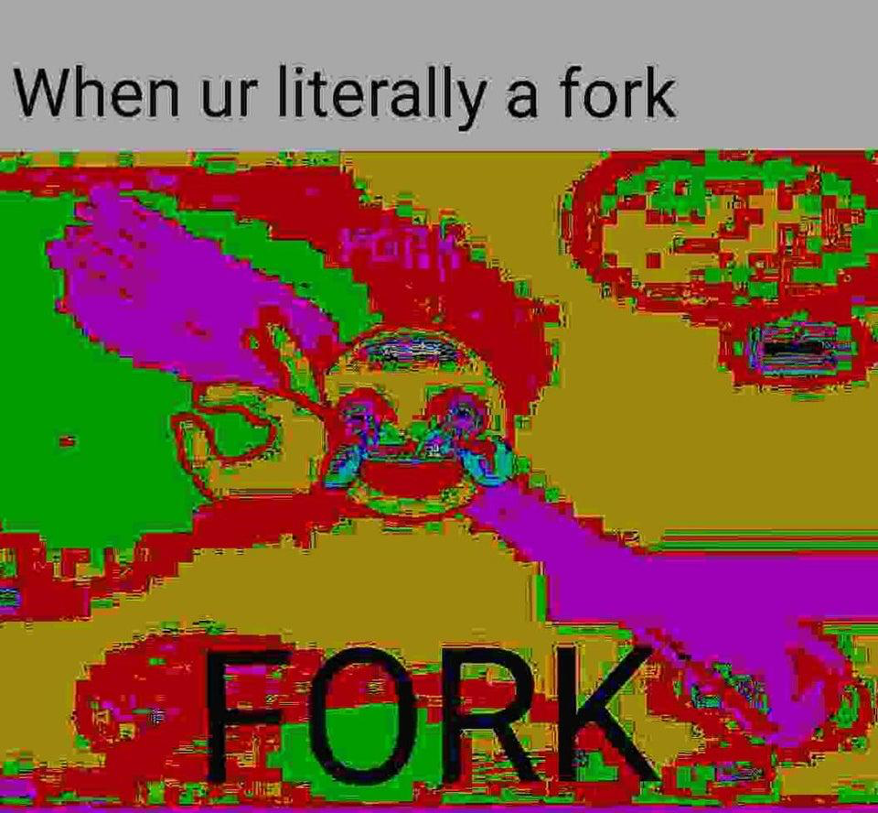
Image 6 – Deep Fried Meme
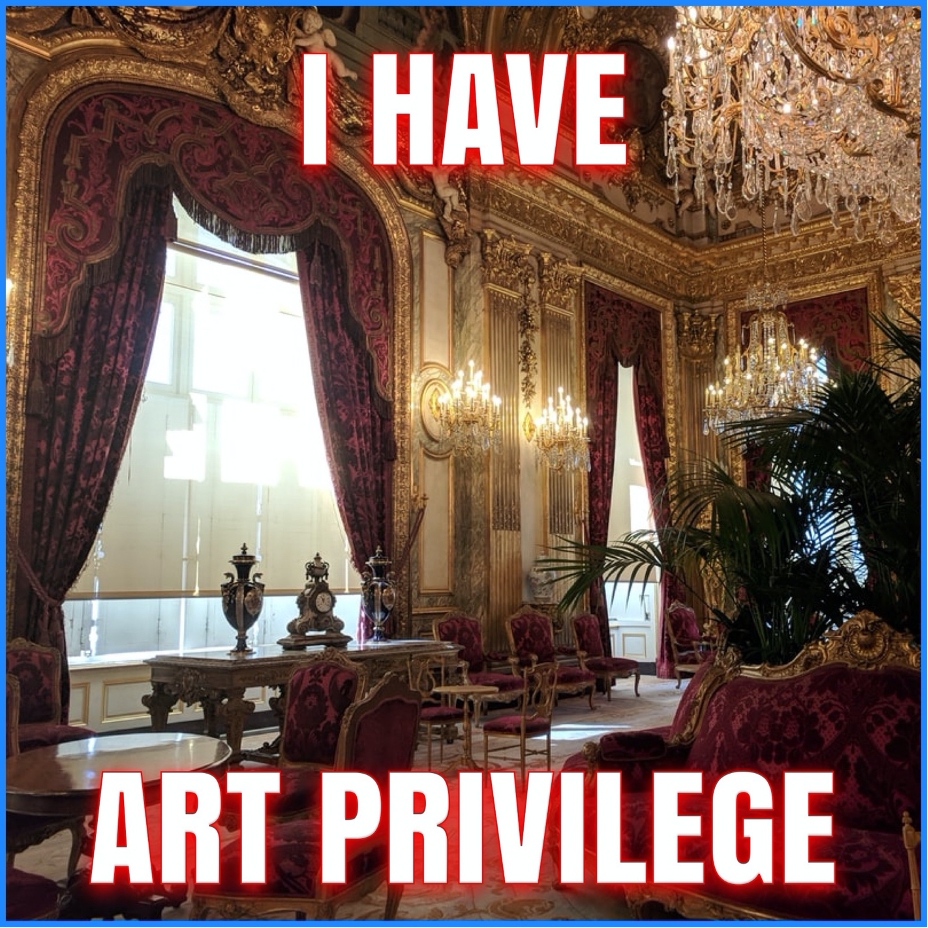
Image 7 – Affirmations style meme 1, courtesy of Cem A. and Freeze Magazine.
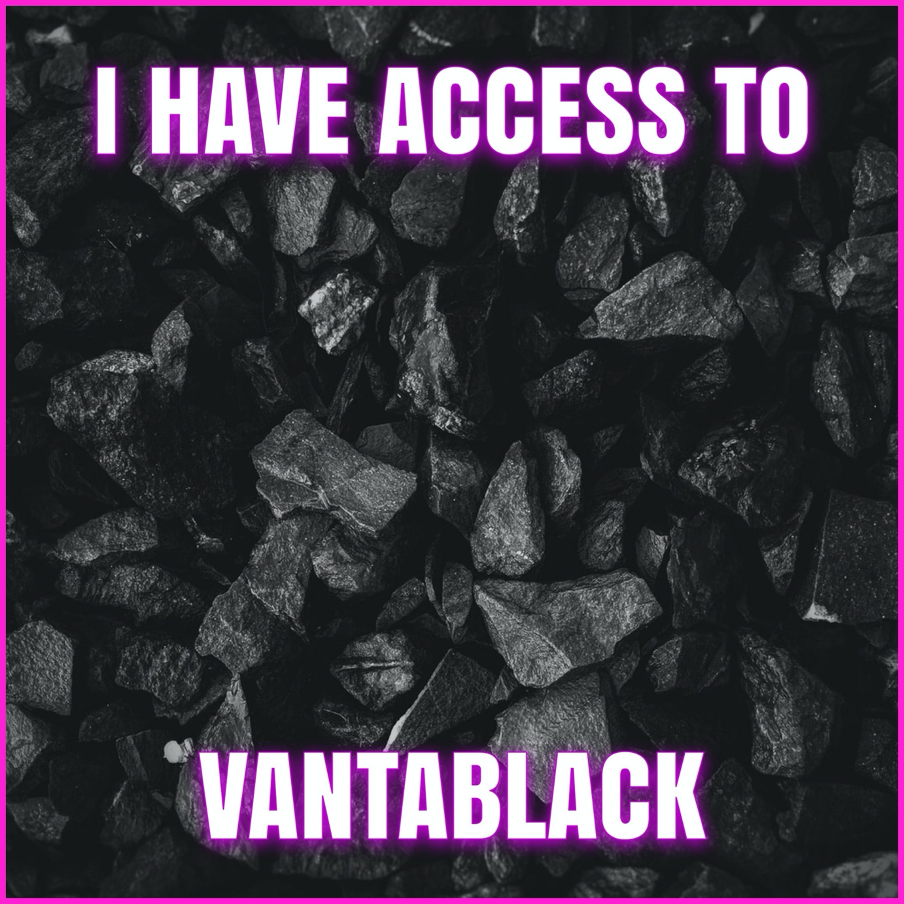
Image 8 – Affirmations style meme 2, courtesy of Cem A. and Freeze Magazine.
The more difficult part is explaining why uglier memes are considered to be funnier by a corner of the internet (populated by “extremely online” users). For us to be able to understand why the funniest memes are also often the ugliest, we need to delve into the use of irony in internet memes, as ugliness is often made funny through ironic distance.
At this point in the piece I would go into describing what we mean by irony, however irony in practice by its nature, is implicit and ephemeral, and thus difficult to pin down. So a useful way to understand irony is through its relationship with ugly feelings. After all, “internet ugly” is not just about the visual experience but also an affective one.
Sianne Ngai expounds on this “special relationship between ugly feelings and irony”. By ugly feelings, she is referring to those feelings such as paranoia, anxiety, envy, irritation, which are politically ambiguous but nonetheless characterise late modernity. Analysing Melville’s 1853 short story Bartleby the Scrivener and Bartleby’s passive dissent as an office worker, she concludes that the resulting aesthetic, of ugly feelings and irony, is a rhetorical device that has a “decidedly affective dimension”, producing “an unpleasurable feeling about the feeling (a reflexive response taking the form of “I feel ashamed about feeling envious” or “I feel anxious about my enviousness”) that significantly parallels the doubleness on which irony… fundamentally depends”.
The said and the unsaid are two crucial aspects of this doubleness of irony within internet memes, as the caption and visuals might convey some of what is “said” within an internet meme, the “unsaid” is what decides its ironic span. An important bit of the politics of the internet meme itself (but also its ties to subcultures) happens within the realm of the “unsaid”. This realm is an affective space which houses intentions, insults, easter eggs, and inside jokes presumably unearthable to the disinterested “normie”, or the naïve digital visitor. For instance, a meme creator, let’s call them the ironist, might purposefully use a seemingly ugly image for a meme, even when they possess the necessary skills to use or even create a better looking image for their meme. In this case, their intentional choice of using an ugly, sloppy or amateurish image to make a joke can introduce another layer of comedy onto their meme, or can even become the punchline itself. However, the unsaid part of this meme, the intentional ugliness, is only ironically legible to those who “get it”.
An act of interpretation must occur between the said and the unsaid, which will make clear whether or not the meme makes an ironic point. This “knowledgeable” interpreter will be able to elucidate not only what the ironist has said but also (1) what she has not, (2) what she actually means and (3) her attitude towards this intricate play of inclusion and exclusion. However, an equally important point to note is that irony not only depends on the intention of the ironist, but also on the viewers’ projections. Genuinely sincere posts can be made into ironic internet memes through the ironic gaze of the viewer, and at the same time seemingly ironic memes can become a gateway to sincere politicization, especially for the unknowing viewer.
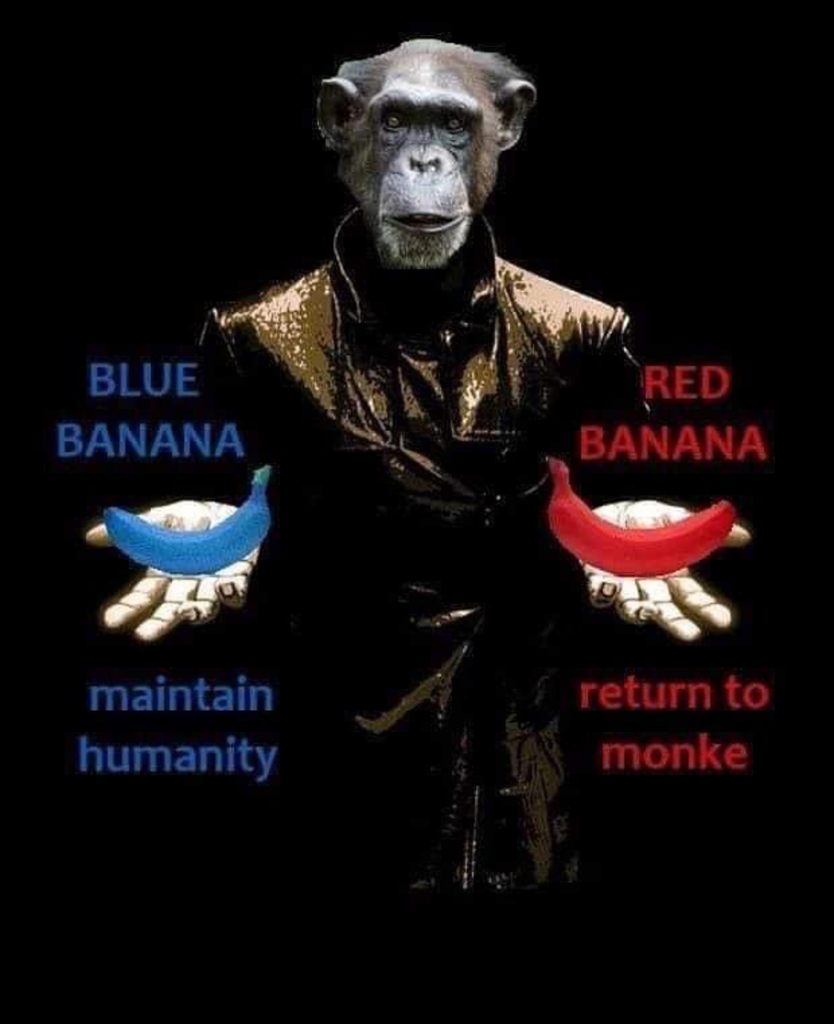
Image 9 – Return to Monke 2
This final point brings us back again to the “return to monké” story, where Sianne Ngai’s theorisation of the affective dimension of ugly feelings and irony becomes important. My emotional engagement with these anti-civilization memes depended on some of these ugly feelings Ngai fleshes out. After all, my enjoyment of the meme was completely reliant on a base feeling of anxiety and lack of agency, which I found to be funny through some ironic distance, using the latter as a sort of defence mechanism. The ironic distance I employed while engaging with the mentioned internet memes helped detached my anxiety from myself: “I feel I do not have agency to change what makes me feel anxious”, “I feel anxious about lacking agency”, “I would not feel so anxious if I were an ape in a primal community” and finally “it’s hilarious that I think this grandiose impossibility could be the solution to my anxiety”. As you see, ironic distance as a defence mechanism momentarily defuses some of the intensity of these ugly feelings. While it does that however, it can also inject a sense of apathy and momentary apolitical satisfaction into the viewer’s life, as accepting and laughing at your lack of agency unburdens you of potential action you might want to pursue. On the flip side, the murkiness of irony can just as well be used as a cloak by users to gradually expose you to radical content online, which is what artist and researcher Joshua Citarella calls the “slow red pill”. For example, after reading about how the “return to monke” memes came to be, I found out that the anti-civilization angle espoused in the memes was associated with a niche political ideology, called anarcho-primitivism, famously connected to American writer Henry David Thoreau and infamously to American domestic terrorist Ted Kaczynski.
Overall, the crucial part of ironic processes on the internet is dependent the viewer’s ironic self-projections. These projections turn internet memes into ironic statements, regardless of whether the memes were originally meant to be ironic or sincere by its creator. The process of aesthetic and affective interpretation depends on the positionality of the viewer: who she is, which internet cultures she is privy to, her prevailing emotional state, her political attachments and so on. However, the crux of the issue regarding irony within internet memes is what function ironic distance plays. The dulling or heightening of ugly, politically ambiguous feelings, such as anxiety, paranoia, or envy, through ironic distance can be dangerous. The only way to resist against inadvertent politicization through memetic irony is by being vigilant and taking the power of memes seriously.
This piece was originally published in German in Kunstforum.


